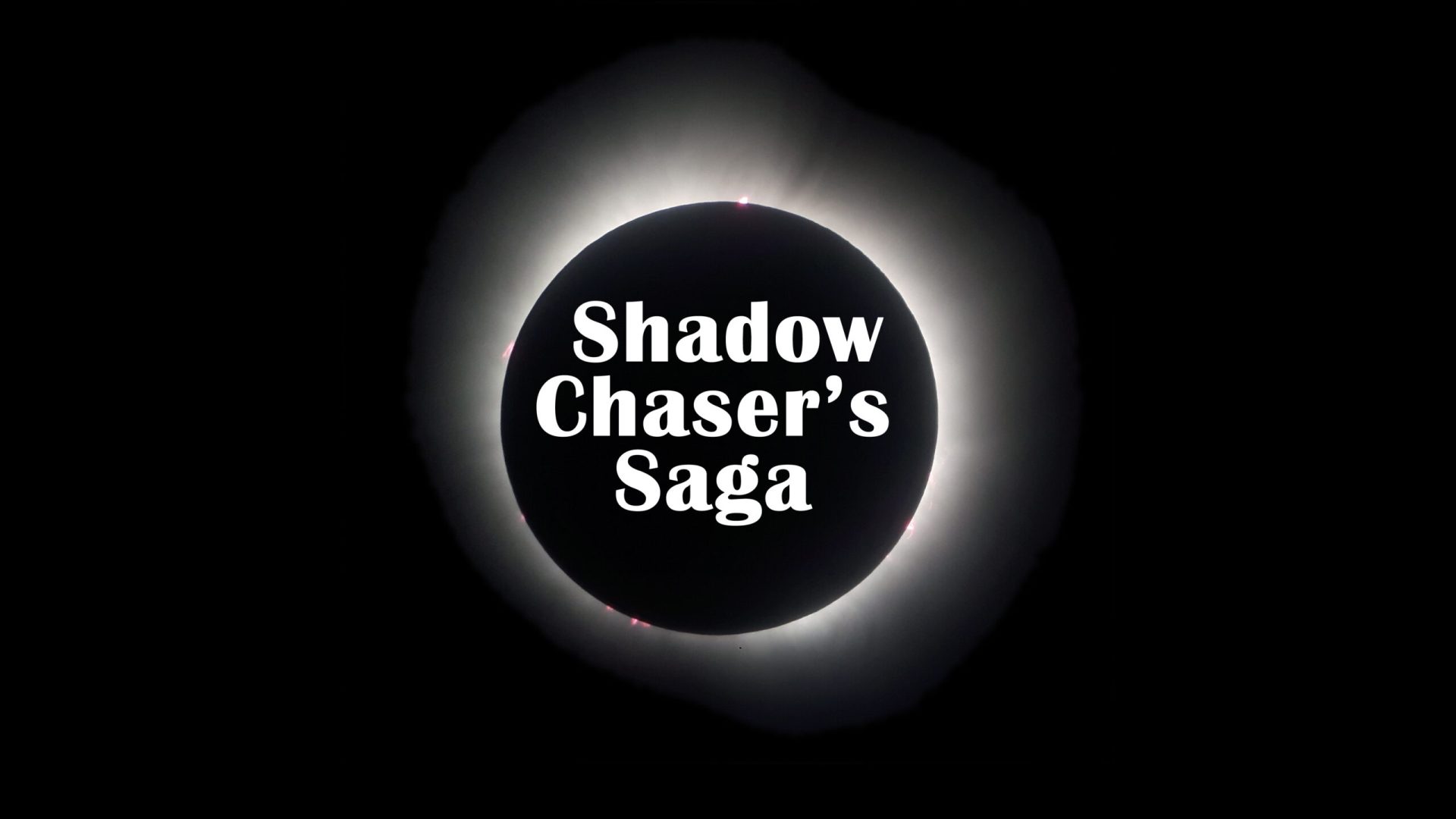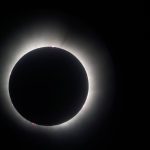Ever since I was little, the skies intrigued me and my family. I can still remember witnessing a partial solar eclipse as the sun was setting when I was approximately six years old. As I got a bit older, and read more books, I realized that it was just the tip of the iceberg and I could actually see a lot of the celestial objects for myself as well as their interactions.
In 2002, I made an amazing discovery for myself when I finally got see Saturn; that it wasn’t just something reserved for professional observatories or space probes. From there on I got to see other objects and events such as the closest approach of Mars in 2003, the transit of Venus in 2004, all of the classical planets and a few total lunar eclipses. With all that going on, it was only natural to become curious about total solar eclipses. Alas, none of them were even remotely near me. However, at that time I already learned that eventually there will be a total solar eclipse near Toronto, all the way out in 2024.

As I got older, my desire to see an eclipse only grew, and I didn’t want to wait quite so long until one came to me. November 14, 2012 presented an tempting opportunity – an eclipse in Cairns, Australia. Not only was it an opportunity to see it, but it was a chance to escape during a pretty dreary month here in Canada, a chance to see the world’s oldest rainforest and a chance to see the Great Barrier Reef. I managed to score one of the last spots with a tour group organized by the Astronomy magazine, and spent 5 days travelling with them and another week by myself. It was a blast seeing all the sights around Queensland and Sydney, but the eclipse itself had a hiccup. Right as totality started, a small cloud jumped right over the Sun and censored the event until just before the end – in the end I probably got to see less than 5 seconds of the potential minute and a half. Neither satisfied nor dissatisfied, I had to comfort myself in that things could have been worse – other groups got completely clouded out.
Skipping ahead to 2017, the year of the Great American Eclipse. When I saw the maps, it was clear that the best prospects were in the far west. However, none of the cities in that area were big, meaning I would have had to to fly, rent a car, deal with traffic jams and book several nights at a hotel. To the East though, there was a destination that I could get to easily – Nashville, Tennesee. In fact the entire trip could be completed in just one day. Things were looking rather good, and when I arrived to the destination, the weather was hot and mainly sunny. But as the partial eclipse started and another hour dragged on, things got worse. The clouds didn’t even move much, they just formed, probably from all the humidity of that day. The breaks between clouds got fewer and fewer, with the last one closing up with just about 10 minutes to go to the big moment. And that was it. Frustrated, the big lesson learned that day was not to tie myself down to one location, no matter how scenic it is.
Finally, the year 2024 arrives and the eclipse that I have been looking forward to for over 20 years was almost here. Initially I considered Burlington, Ontario because it is the closest spot to home and can be quickly reached by Highway 407. I even booked a hotel there in case I had to bring along my whole family including my 100 day son. With a week left to go it looked like it might actually be a great spot. But in the following days it became clear that a system will creep over from the States in the southwest. With 4 days to go, I realized that I cannot allow the same thing happen to me for the third time. This time I was not constrained by being part of a tour group or by having to catch a returning flight home in a few hours. This time I had to do everything I could to make it happen. As the forecasts got revised and the clouds kept moving further and further East, even past Montreal, I decided that I might as well pull all stops and just go as far east as possible, all the way to the centerline. A name caught my eye – Lac-Mégantic. I remembered seeing it on the news 10 years ago when they had the devastating train derailment. I wanted to get a glimpse of how the town recovered since then and hoped that they would at least have some luck when it came to this event after having such terrible luck in the past.
And, as far as this eclipse was concerned at least, they got lucky. The sky was a lovely blue. While there was a winter storm just 4 days prior, the snow has melted for the most part and the roads were all clear. The lake was still frozen, but this provided a fantastic setting for the eclipse. It was amazing to see the bright white surface turn dark with the coming of the shadow. Moments before the totality hit, it was easy to see shadows bands; they looked almost like waves on the surface of the icy lake. Then when the last ray disappeared, I finally got to see the unobstructed, eerie, form of our blacked out sun. I was particularly amazed by how beautiful the prominences were. I got to see them countless times with my Personal Solar Telescope, which filters out everything except the Hydrogen Alpha frequency and makes everything look deep red. But here they had a lovely pink color. The corona was nice and even too. The eclipse lasted 3 and a half minutes which was actually long enough to enjoy this event; I even managed to take a few pictures with my phone from the eyepiece. It’s considered a bad idea to try photography on your first total solar eclipse, due to how brief it is and the need to enjoy the moment for yourself, but I’m glad I tried since it only took about 30 seconds of my time and I got something for posterity. I got to look around once more to see just how cold and arctic-like the landscape turned around me. And then, all too suddenly, the bright rays of the sun burst out again as the moon began to depart. While most people departed shortly after, I stuck around to the end of what finally turned out to be a successful eclipse trip.
The equipment
The equipment that I used is actually pretty basic. I find it very fitting that I finally got to use the telescope and filter I got when I was only 13 years old to see the event that I’ve been wanting to see since I was even smaller! The telescope is a Newtonian Reflector type with a 4.5″ diameter mirror. To filter out the sun’s light I used a solar filter from Kendrick Astro Instruments that fits over the front of the telescope and reduces the sun’s light by about 100,000 times.




The exact model of the telescope is Meade 4400 and it is long out of production, but similar 4.5″ Newtonian reflector telescopes could be bought for about $300. They give what I consider to be the best value for the money for someone starting out in astronomy – inexpensive, but powerful enough to give decent views of the Sun, the Moon, the planets Mercury, Venus, Mars, Jupiter and Saturn and even the brighter deep sky objects like the Orion Nebula and the Andromeda Galaxy. The solar filter is a must for the Sun and costs about $130 for that size of telescope.
To take the picture of the Sun, I just used my old Samsung Galaxy S5 Neo phone at the eyepiece. Even though it’s old and all the way from 2015, the S5 Neo phone gives me better results at the eyepiece than newer phones that use additional image processing because they seem to get confused by the unique focusing and lighting circumstances when looking at astronomical objects. The phone cost me less than $200 in 2018 as it was already an older model by then.










